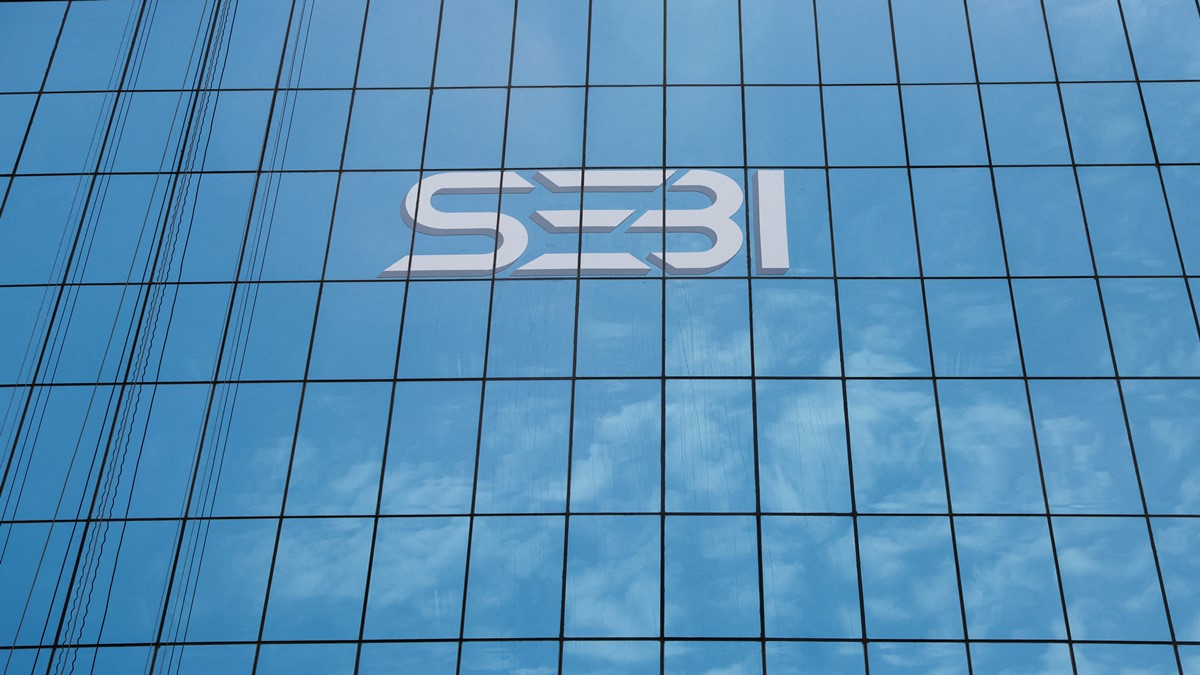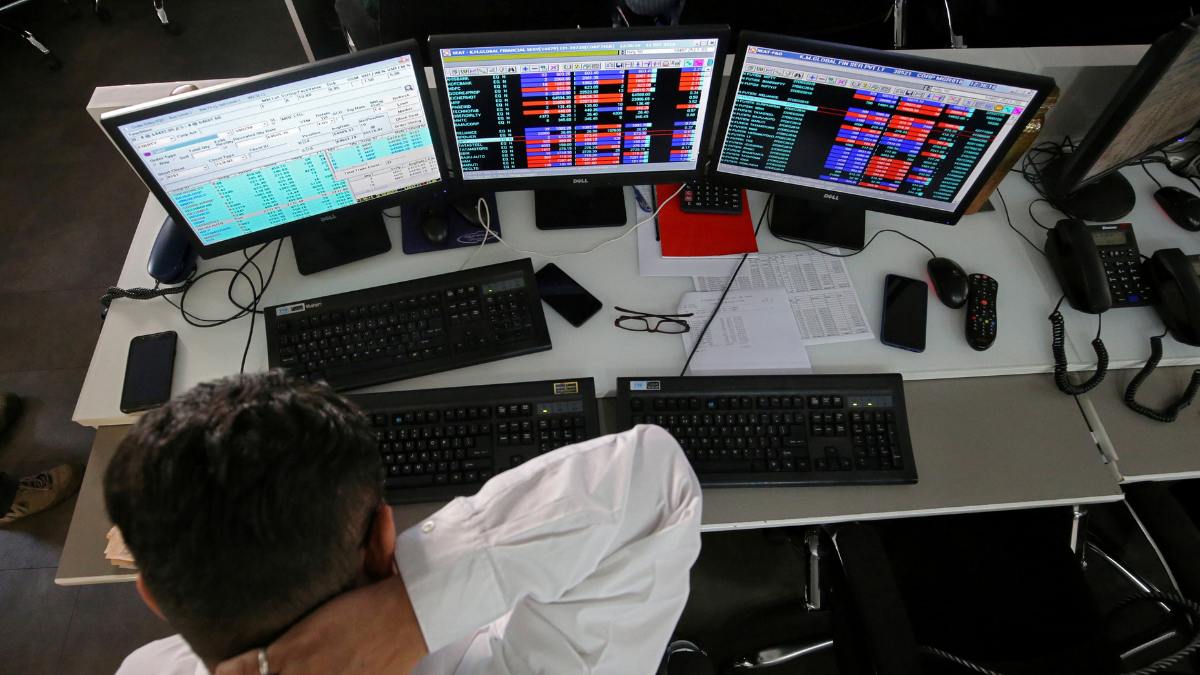Sunita Singh (name changed), a teacher, recently made a distress call to the managing director of a brokerage firm who hails from her city. Citing his relationship with her father who was a teacher as well, she sought some financial help.
She explained that she was running a ‘side business’ of investing in futures and options (F&O) and had promised clients 10% returns to her clients. However, her bets had gone completely awry and now she did not have the money to return to her clients.
“I had to tell her that ‘nothing can be done’ and advised her to come clean before her in-laws and clients to limit the damage,” said the head of the brokerage house, rueing that this trend has “gone out of hand” since the pandemic.
Singh is, perhaps, one of the 90% of people, Madhabi Puri-Buch, chairperson of the Securities and Exchange Board of India (Sebi), was talking about last week when she said that she is both “surprised and confused” with retail investors’ interest in the F&O.
Sebi’s findings on F&O trading have been in news for a few months now, which highlight the perilous path being taken by new-age investors. The report showed that an eye-watering 89% of individual traders (which translates into nine out of 10) in the equity F&O segment incurred losses, with an average loss of Rs 1,10,000 during FY22; 90% of active traders incurred average losses of Rs 1,25,000 during the same period.
Among unique individual traders who traded in the equity F&O segment, 98% traded in options, while 11% traded in futures during FY22. This was in comparison to 89% (options) and 43% (futures), respectively, during FY19.
The total number of unique individual traders (who traded through the top 10 brokers) has ballooned over 500% in FY22 as compared to FY19 — of which 88% were active traders. Those in the age group of 30-40 had the highest share in participation (39%). As for the younger ones (20-30 years), the percentage share of participation jumped from 11% to 36%.
Staggering numbers:
The numbers say it all. In FY19 and FY20, the average daily turnover (ADTV) in the F&O segment, across both exchanges, stood at Rs 9.58 trillion and Rs 14 trillion, respective. In FY24 up to November 21, it had surged to Rs 302.5 trillion — a 31x jump over FY19. In FY23 itself, the ADTV was Rs 155 trillion — showing a 2x rise between the last financial year and the present year so far.
And retail investors have actively participated in this surge. That is, the net investments by retail participants in the NSE’s cash market for the first half of FY24 (till September) stood at Rs 500 crore. In comparison, the net flows by retail investors in the derivatives segment stood at Rs 50,500 crore. In FY23, the former had slumped to Rs 49,200 crore, while the latter had risen to Rs 60,000 crore.
This is in stark contrast to FY22, when the cash segment saw Rs 1.65 trillion of net flows by retail investors and the derivatives market saw Rs 48,000 crore.
Easy money or lottery?
So, what explains this behaviour? “Good performance leads to higher speculation. A 10% overnight fall in the markets will clean up a lot of investors. What is happening is retail investors are writing options and earning a premium. They are, in fact, making a career out of it. What they don’t realise, is that when the bubble bursts, it will not only wipe out the gains but even the capital,” said Raamdeo Agrawal, Chairman of Motilal Oswal Financial Services.
He emphasised on the fact that this phenomenon surged after the outbreak of Covid, when the Nifty crashed from 12,000 to 8,000, before recovering to near-20,000 levels earlier this year. Many who wrote options then took home a staggering premium, which is why it has become difficult to convince investors not to tread on the path that has benefited them, he pointed out.
Indeed, the share of young individual traders’ (20-30 years) participation in equity F&O — especially in index options and stock options — went beyond 30% each, from nearly 11% in FY19, shows the Sebi report.
Nilesh Shah, MD and CEO of Kotak Mutual Fund, draws a parallel between the charm of F&O to that of a lottery. “People know that the probability of winning a lottery is low, yet they spend on lotteries because it gives them dreams. The hope is that someday one will bag the jackpot. In trading, the mindset is no different.”
Extended hours:
While plans to extend trading hours in the segment have been put on the back burner now by Sebi, if and when it is allowed, the interest will only increase.
The head of a prominent brokerage firm, while admitting that aggressive investing in F&O from retail investors is not something to be encouraged, said that from a business perspective, it will be good for brokerage houses since revenues will rise by a good 30% – 40%.
A legal expert, who did not wish to be named, said that more business is good for brokerages. “Brokerages may speak against the trend in public, but the rise in participation has only led to an increase in their revenue, and it is not in their business interest to see the levels reduce. The regulator perhaps could place a cap on the trades or volumes in a session or a week and not leave it to the free choice of the investor completely.”
No systemic worries, says regulator
This begs the question: Could the regulator possibly bring in tighter norms for further regulation to put a check on the phenomenon? On its part, the regulator says that the market is well protected and adequate norms are in place to ensure there is no systemic risk.
“As a regulator, we have two tasks. First, we need to ensure there is no or minimal systemic risk. Given our margining mechanism and peak intra-day margins, the ecosystem is well-protected. So, is the regulator worried or anxious from an ecosystem perspective? The answer is no,” Buch told FE following the Sebi board meet last week, in response to a query.
“At an individual level, however, what we have seen is that investors are losing money. From that point of view, we are questioning why people keep persisting when they are making losses and likely to keep making losses going ahead, which is what the data suggests,” she added.
Beyond that, it is one’s individual choice given that it is a free market, and one cannot be stopped from entering such trades, but it is the regulator’s duty to warn investors, she pointed out.
“Sebi has levied huge margin requirements, so the market is well protected. Perhaps the transaction costs could be hiked further, or a minimum net worth or minimum qualification criteria introduced for those who wish to speculate, as is the case in foreign jurisdictions. In speculation, 95% are likely to lose money; we have to discourage this type of culture, because ultimately they’ll blame the broker, the regulator, and the market,” Agrawal said.
Shah believes that in any market the ‘buyer beware’ philosophy should prevail since realistically, one cannot create a market where traders don’t lose money because that is against the very genesis of a market. “The regulator is absolutely right when it says educate the investor, provide all the information, and leave them to decide their next move,” said Shah.
According to him, since F&O trades are mostly leveraged, and any further increase in the margin will automatically bring leverage down, and consequently reduce the risk element. “Leverage works against you, so if the margin rises, the leverage goes down and automatically risk also reduces,” added Shah.




